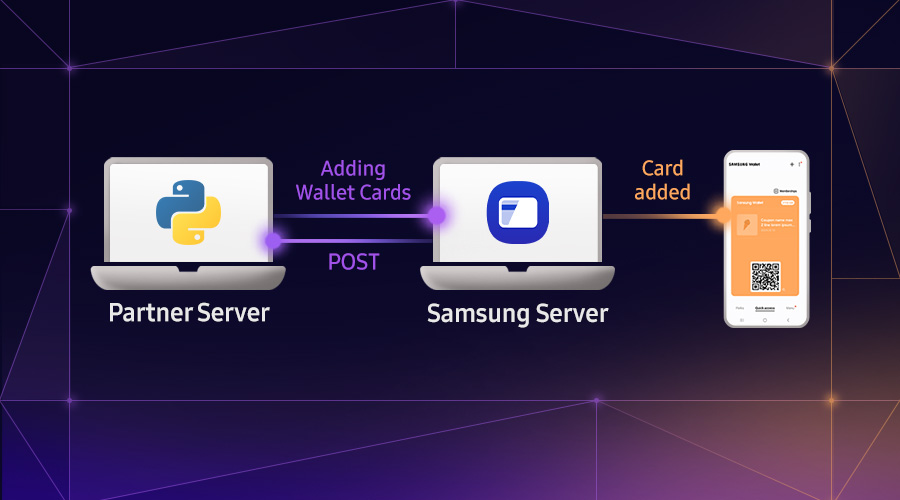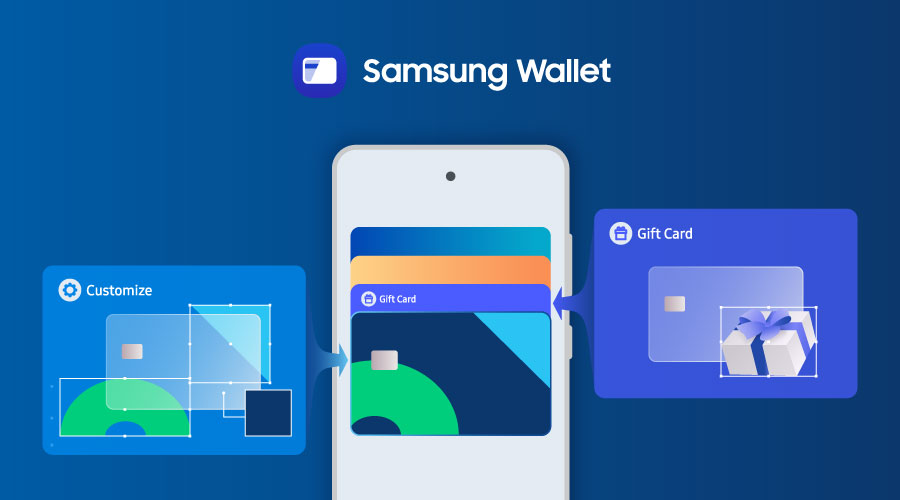Publishing Watch Faces to the Play Store
Most Fowziya Akther Houya
Engineer, Samsung Developer Program
As wearable technology becomes more mainstream, customized smartwatch faces can be an extension of users’ style and personality. With Samsung’s Watch Face Studio (WFS) tool, you can design custom watch faces for devices in the Wear OS smartwatch ecosystem, such as Galaxy Watch4 and newer smartwatches. After you have made your unique watch face, you can share it with a global audience by uploading it to the Google Play Store.
This article describes the basic steps to distribute your watch face through the Google Play Store, such as registration, testing, and publication. To register your watch face in Google Play, you must have a Google Play Developer account.
Create a watch face
In WFS, design and create your watch face. The WFS interface allows you to easily add and customize watch face components and add theme colors to implement multiple color schemes, for example.
As you create a watch face, you can preview it with the “Preview” window in WFS or install it on your own smartwatch. If do not have access to a supported smartwatch, you can test your watch face in the Remote Test Lab, which gives you remote access to a variety of Samsung Galaxy Watch devices.
Because smartwatches have limited hardware, you must be mindful of the amount of memory used by the watch face. The watch face specification defined by Google has memory usage limits. To avoid issues related to these memory usage policies, WFS versions 1.6.9 beta and higher support a Memory Usage plugin that easily estimates the memory use of your watch face.

Figure 1: Memory Usage plugin
Prepare screenshots
Use the “Preview” window in WFS to capture screenshots of your watch face in various sizes. You need these to register your watch face in Google Play.
To create watch face screenshots:
-
In the “Preview” window, set the watch face to show the screen you want to capture.
-
Open the dropdown menu next to the Camera icon and select the screenshots you want to create.
-
Click the Camera icon. The screenshots are saved in the “screenshots” folder within your project folder.

Figure 2: Screenshot creation
Generate the watch face package
Watch face projects are bundled into package files for publication. The Google Play Store requires an AAB file, while the Galaxy Store (for China only) requires an APK file. You can generate either or both in WFS:
-
In the WFS project screen, select Publish.
-
Define the unique package name, location for the generated file, version name and code, and package type.
By default, the generated file is located in your project folder: “C:\Users\USERNAME\WatchFaceStudio\build\PROJECT_NAME\” (Windows) or “/Users/USERNAME/WatchFaceStudio/build/PROJECT_NAME/” (macOS).

Figure 3: Watch face file generation
-
You must also have a valid keystore used to sign the package file:
-
If you have previously created a keystore, enter its information.
-
If you do not have a keystore, select Create new key. In the “New Keystore” dialog, define the required details and click OK.

Figure 4: Keystore creation
-
-
When you are ready to generate the watch face package, in the “Publish” dialog, click OK.
Register the watch face
To register your watch face application in Google Play, sign in to your Google Play Developer account. In the Google Play Console, select All apps > Create app and fill in the required information, such as the name, default language, and if the watch face is to be free or paid. You must also include any necessary disclosures. You can modify this information later, as needed.
Test the watch face
Before your watch face can be made available to the public, you must test it with actual users. Testing, internal (recommended) and closed (required), ensures that your watch face behaves according to your design and complies with Google Play content policies and quality guidelines.
For information about the Google Play content policies and application quality guidelines, see Prepare your app for review and Wear OS app quality.
You can easily monitor the testing status, number of installations and users, update status, and more for your applications through the Google Play Dashboard.
Internal testing
You can quickly distribute your builds to a limited number of trusted testers for their feedback. While internal testing is optional, it is strongly recommended.
To set up your watch face for internal testing:
-
In the Google Play Console, select View app for the watch face that you want to test. Its dashboard page opens.
-
From the side menu, select Testing > Internal testing.
-
Since you have developed a watch face, you must select the Wear OS form factor. Open the dropdown menu next to “Create new release” and select Manage form factors. In the “Form factors” section, add Wear OS.

Figure 5: Form factor selection
-
Unfold the “View tasks” list in the “Set up internal testing track” section. The list guides you through the test setup process. For example:
-
Completing application setup in Google Play, such as defining the name and description to be displayed in the Google Play Store
-
Uploading the required images for the Google Play Store, such as its icon, screenshots, and feature graphics
-
Defining up to 100 internal testers for your application; the list can be modified later, as needed
-
-
In the "Create a new release" task:
a. Upload the AAB file you want to test. You are prompted to sign the file by selecting or creating a signing key.
b. Name the release and add an optional release note.
-
Select Preview and confirm the release. Google Play automatically checks for possible issues, such as missing information.
-
To resolve the issues, follow the instructions for each list item.

Figure 6: Issues list
-
When you are ready to start the test, select Start rollout to internal testing.
-
Distribute the test link or email invitations to your testers. The test link can take a few hours to become available.
Closed testing
You can get targeted feedback from a wider group of users that you select, without affecting your public ratings and reviews. Closed testing also sends your application to Google to check for policy compliance before distributing it to your testers.
Setting up a closed test is similar to setting up an internal test:
-
In your watch face’s dashboard page in the Google Play Console, go to Testing > Closed testing.
-
To create a closed testing track, select Create track and define a name for the testing track.
-
Open the dropdown menu next to “Create new release” and select Wear OS only.
-
Complete the tasks in the “Set up closed testing track” section, such as defining the countries where the application is to be available and the list of testers.

Figure 7: Closed testing setup
-
In the “Create a new release” task, select an application package file that you have previously uploaded, or upload a new one. Name the release and add an optional release note.
-
Select Preview and confirm the release and resolve any detected issues.
-
Select Send the release to Google for review. When the release is approved, you can share the testing link with your testers.
For more information on creating and managing tests, see Set up an open, closed, or internal test.
Publish the watch face
When you have completed closed testing and your watch face is ready to publish, apply for access to Production. When access is approved, the watch face is available publicly in the Google Play Store.
Summary
It is easy to transform your watch face concept from design to published product. Create the watch face with Watch Face Studio, register it in the Google Play Console and conduct user tests, then publish it in the Google Play Store to share it with the world.
If you have questions or need help with the steps presented in this article, you can share your queries on the Samsung Developers Forum. You can also contact us directly for more specialized support through the Samsung Developer Support Portal.


